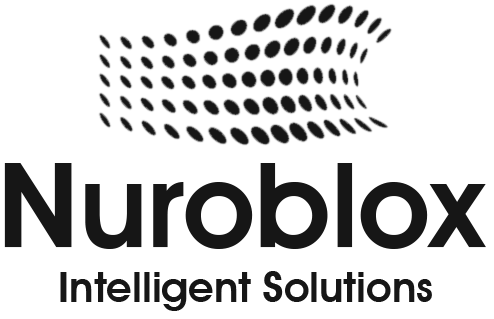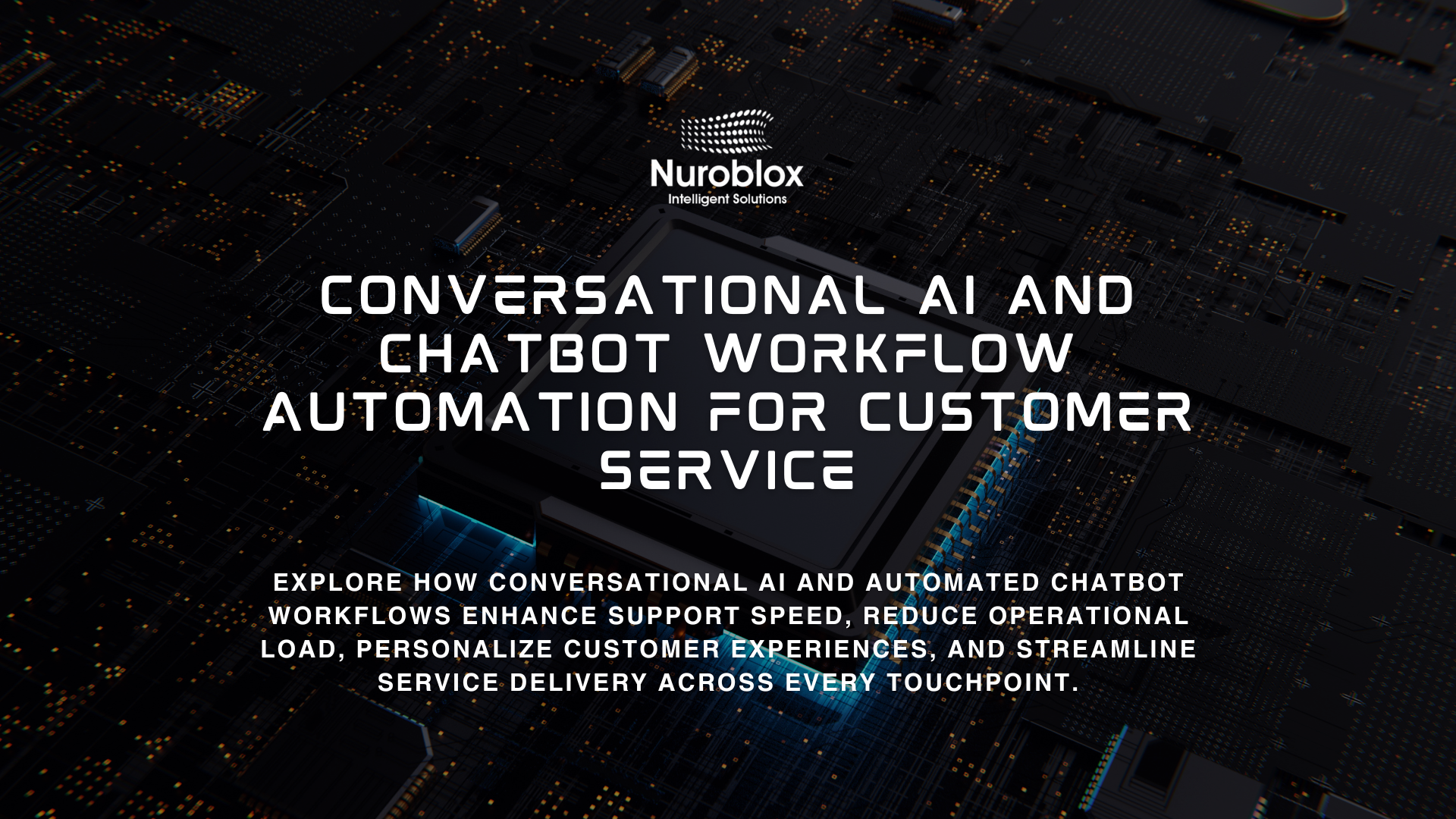Conversational AI and Chatbot Workflow Automation for Customer Service
Conversational AI and chatbot workflow automation are revolutionizing how businesses deliver customer service by combining artificial intelligence with sophisticated automation frameworks to handle inquiries, streamline operations, and enhance customer experiences at scale. These intelligent systems can autonomously manage complex customer interactions while reducing operational costs by up to 30% and providing 24/7 support without human intervention.
Understanding Conversational AI Technology
Conversational AI represents the intersection of natural language processing (NLP), machine learning (ML), and automated workflow systems that enable machines to understand, process, and respond to human communication naturally. Unlike traditional rule-based chatbots that follow predetermined scripts, conversational AI systems leverage advanced algorithms to comprehend context, interpret intent, and deliver personalized responses that mimic human conversation.
The technology operates through a sophisticated five-step process that begins with input capture using natural language understanding (NLU) to analyze incoming messages. The system then recognizes customer intent by decoding the user’s purpose, processes the request against its knowledge base, retrieves relevant information from connected resources, and finally generates natural conversational responses while maintaining contextual awareness.
Types of Automated Chatbot Systems
Modern chatbot automation platforms come in three distinct categories, each serving different business needs and complexity levels. Rule-based chatbots use pre-programmed decision trees and are easier to implement but limited to handling only programmed scenarios. Smart chatbots powered by machine learning and NLP can understand context, autonomously handle queries, and continuously learn from interactions to improve performance over time.
Hybrid chatbots combine the reliability of rule-based systems with AI-powered capabilities, using decision trees for routine inquiries while seamlessly transitioning to advanced AI responses for complex situations. These systems can also intelligently hand off conversations to human agents when necessary, ensuring customers always receive appropriate assistance.
Benefits of Chatbot Workflow Automation
Organizations implementing conversational AI chatbot workflow automation report significantly higher returns on investment, with early adopters being 128% more likely to achieve high ROI compared to businesses using traditional support methods. The transformation extends across multiple operational dimensions, fundamentally changing how customer service teams operate and deliver value.
Round-the-Clock Customer Support
Automated chatbot systems provide continuous 24/7 support without the limitations of human work schedules, ensuring customers receive immediate assistance during off-hours, holidays, and weekends. This always-on availability eliminates wait times and meets the modern consumer expectation for instant support regardless of time zones or business hours.
Operational Efficiency and Cost Reduction
Chatbot automation significantly decreases operational costs by handling multiple conversations simultaneously and reducing the resources needed for off-hour support coverage. These systems minimize cost per interaction while maintaining high service standards, allowing businesses to reinvest savings into other customer experience enhancement initiatives.
Consistent and Error-Free Service
Automated chatbots deliver remarkably consistent service by following pre-defined protocols that ensure customers receive accurate information while minimizing potential for human errors. This consistency proves especially valuable for compliance-sensitive industries where accurate information delivery is critical for regulatory requirements and customer safety.
Implementation Strategies for Customer Service
Successful conversational AI chatbot workflow automation implementation requires strategic planning and systematic deployment across multiple phases. Organizations must first define their bot’s scope and primary functions by mapping out specific use cases and establishing clear boundaries for automated versus human-handled interactions.
The selection phase involves choosing platforms that align with technical capabilities while offering flexibility to scale with business growth. Companies should evaluate factors including integration capabilities, customization options, multilingual support, and total cost of ownership including setup fees, subscriptions, and ongoing maintenance expenses.
Designing Effective Conversation Flows
Creating logical dialogue paths requires mapping customer journeys and anticipating various interaction scenarios including edge cases and unexpected inputs. Effective conversation design includes setting up appropriate triggers, building escalation protocols, and ensuring smooth handoffs between automated systems and human agents when complexity exceeds the bot’s capabilities.
Testing functionality across multiple scenarios proves essential before full deployment, including validation of response accuracy, conversation logic, handoff procedures, and overall system performance under various load conditions.
Advanced Features for Maximum Impact
Modern conversational AI platforms must include comprehensive customization options allowing businesses to tailor chatbot personalities, tone, voice, responses, and workflows to match brand identity and industry-specific requirements. According to recent research, 61% of consumers expect more personalized service when interacting with AI systems, making customization a competitive necessity rather than a luxury feature.
Machine Learning and Continuous Improvement
Chatbots equipped with deep learning and machine learning capabilities become increasingly intelligent through analyzing past interactions, recognizing behavioral patterns, and continuously refining responses. These systems use millions of real-time data points to inform AI feedback loops, enabling autonomous improvement without constant manual intervention.
Omnichannel Integration Capabilities
Enterprise-grade chatbot automation maintains consistent contextual conversations across all customer touchpoints including websites, mobile applications, social media platforms, and messaging services. Context preservation across channels ensures agents never lose conversation history when customers switch between communication methods, creating seamless experiences that build trust and satisfaction.
Industry-Specific Use Cases
Conversational AI chatbot workflow automation delivers value across diverse business functions beyond traditional customer support. In sales environments, automated systems guide shoppers through product discovery, qualify leads, provide real-time pricing, and process transactions while offering personalized recommendations based on customer preferences and browsing behavior.
Human resources departments leverage chatbot automation to streamline employee onboarding, answer policy questions, manage leave requests, and track expense submissions. IT service desks deploy automated systems to reset passwords, troubleshoot technical issues, guide users through system updates, and identify potential bottlenecks before they escalate into major disruptions.
Marketing and Customer Engagement
Marketing teams utilize conversational AI to engage website visitors with hyper-personalized content, gather valuable customer feedback, manage leads, and distribute targeted campaigns. These systems deliver contextualized marketing messages at optimal times based on user interests and engagement patterns, significantly improving conversion rates compared to traditional marketing approaches.

Understanding customer needs forms the foundation of effective chatbot automation strategy by examining common queries and pain points that automated responses must address. Businesses should research various platforms and providers while considering scalability requirements, budget constraints, company size, and industry-specific compliance needs.
Creating a clear chatbot persona that reflects brand values establishes consistency in voice, tone, and communication style across all interactions. Integration with existing systems including knowledge bases, CRM platforms, and support tools ensures chatbots access accurate real-time information when responding to customer inquiries.
Performance Monitoring and Optimization
Establishing SMART goals and key performance indicators (KPIs) provides measurable benchmarks for chatbot success including metrics like response time, resolution rate, customer satisfaction scores, and deflection rates. Regular quality assurance reviews of conversations check for response accuracy and ensure automated systems maintain high service standards.
Continuous adjustment based on performance data and customer feedback optimizes user experiences over time. Organizations should regularly refine responses and workflows using analytics insights to identify improvement opportunities and adapt to evolving customer expectations.
Data-Driven Decision Making
Advanced chatbot automation systems continuously collect valuable insights about customer expectations, interaction patterns, peak inquiry times, and service bottlenecks. This intelligence provides actionable data to improve overall support strategy, allocate resources effectively, and identify training opportunities for both automated systems and human agents.
The multilingual capabilities of modern conversational AI platforms break down language barriers by instantly switching between languages to serve global customer bases. These systems understand cultural nuances and regional expressions, ensuring every customer receives natural, culturally appropriate responses in their preferred language without requiring separate support teams for each market.
Future of Customer Service Automation
Conversational AI chatbot workflow automation serves as the digital conductor of customer interactions, autonomously directing queries to proper destinations while maintaining efficient communication flow. Nearly 70% of consumers report clear differentiation between companies leveraging customer service AI effectively versus those relying solely on traditional methods.
Modern automation solutions continuously optimize outputs to serve the steady stream of customer needs more effectively, transforming chaotic inquiry intersections into orderly solution flows. The evolution toward more sophisticated AI agents capable of handling increasingly complex interactions promises even greater operational efficiency and customer satisfaction improvements in coming years.
Organizations embracing conversational AI and chatbot workflow automation position themselves for competitive advantage through reduced costs, improved customer experiences, and scalable support operations that grow seamlessly with business expansion.


